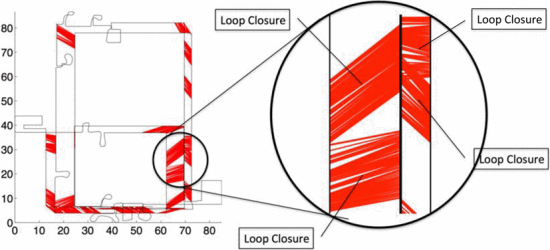Robert Harle is a Senior Lecturer at the Computer Laboratory within the University of Cambridge, UK. His research interests are related to all forms of sensing, but particularly where mobile and wearable systems are involved. He has published extensively in the fields of indoor positioning, context-awareness and ubiquitous computing.
He is a Fellow of Downing College in Cambridge, where he originally studied as an undergradaute and is now Dean. He is also a Bye-Fellow at Fitzwilliam College. He received the Pilkington prize for excellence in teaching in 2016.
A keen track sprinter as an undergraduate, he is now the Senior Treasurer of the Cambridge University Athletic Club and sits on the University’s Sports Committee.
He lives to the south of Cambridge with his wife, Katharine, and his two young daughters, Abigail and Emily.
PhD in Engineering, 2004
University of Cambridge, UK
MSci in Experimental and theoretical Physics, 2001
University of Cambridge, UK
BA in Natural Sciences (Physical), 2000
University of Cambridge, UK
See also my Google Scholar page

This project explores the use of Bluetooth Low Energy (BLE) radios for idoor location and tracking, from coarse proximity locations to full-on co-ordinate positioning.

This project explores the use of MEMS inertial sensors, most notably those found on consumer phones, indoor location and tracking. It has developed Pedestrian dead reckoning techniques to avoid integrating noisy inertial signals.

This project looks at the use of smartphones to support the detection, diagnosis and monitoring of degenerative deisease, most notably Cervical Spondylotic Myelopathy (CSM).

This project explores the use of MEMS inertial sensors, most notably those found on consumer phones, indoor location and tracking. It has developed Pedestrian dead reckoning techniques to avoid integrating noisy inertial signals.

This project explores the use of inertial measurement units strapped to the foot to assess running gait in-situ for recreational runners. We extract the full 3D trajectory of each foot.
In 2017 / 18 I am giving three courses:
Teaching materials can be found via the Computer lab web pages or on the University’s Moodle instance.